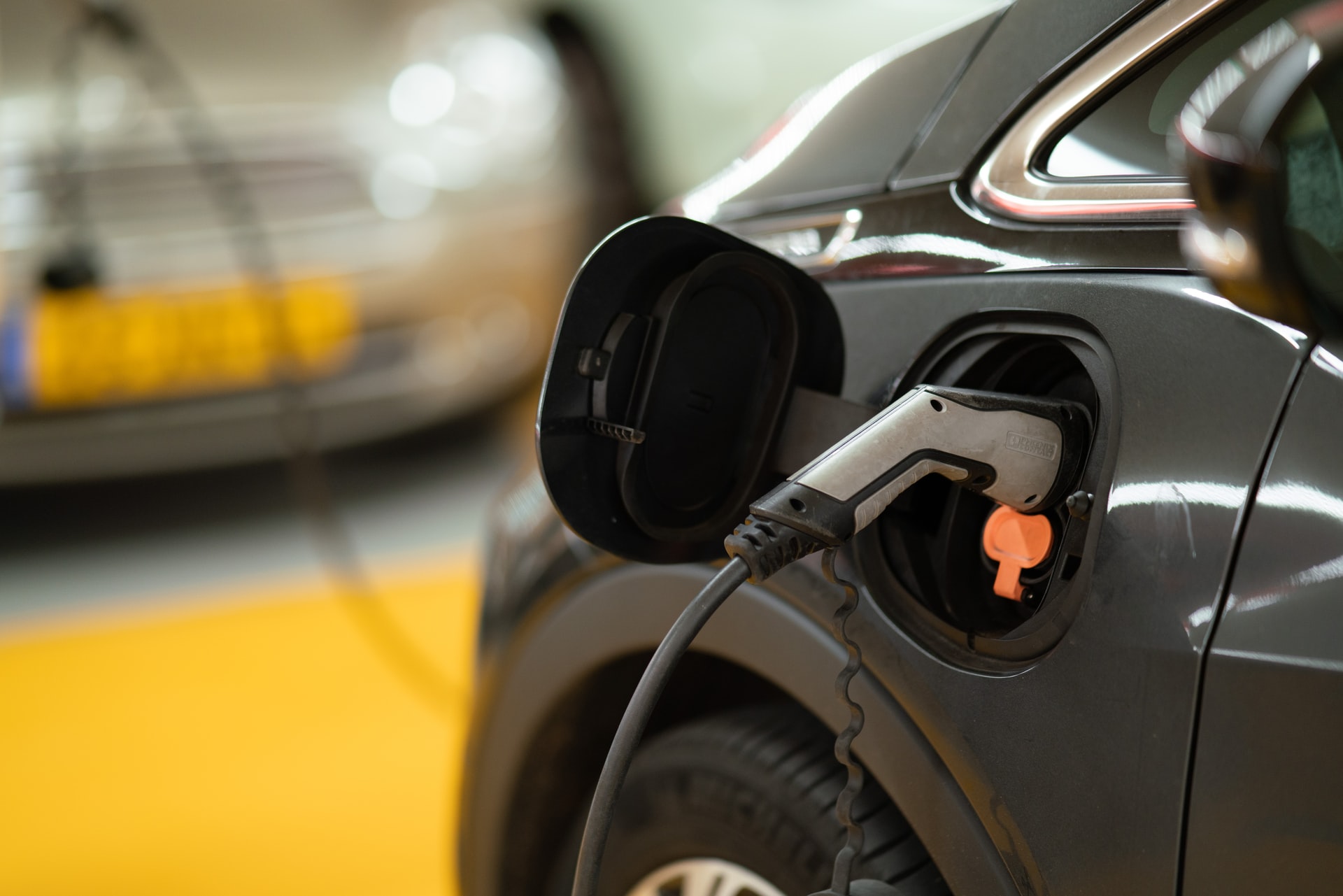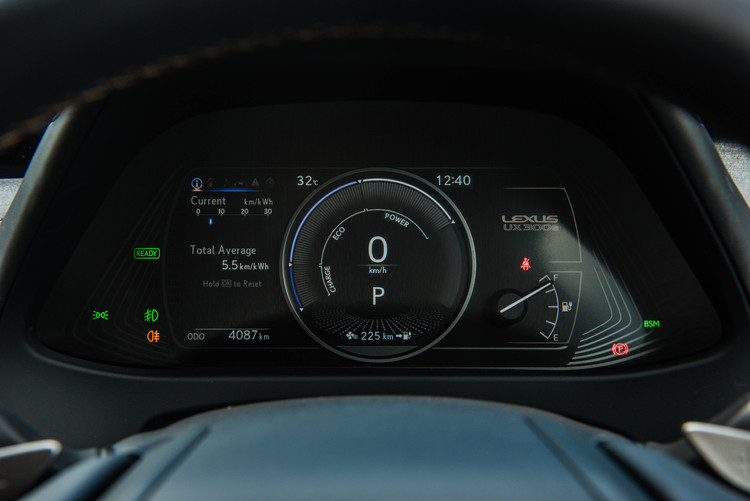What You Need To Know About EVs
Think of the revolutionary Tesla Model S or the gorgeous Porsche Taycan. EVs, or Electric Vehicles, are steadily gaining mainstream popularity among car owners and the industry in general.
Gone are the days where electric vehicles are seen as tacky, visually questionable, and gutless vehicles. The likes of Porsche and Tesla are proof that the tides are indeed changing. And with the latest petrol price crunch, many consumers are going electric in their car choices. But what exactly are EVs? Today, Motorist Malaysia tackles some frequently asked questions about the world of EVs!
 (Photo Credit: Heycar)
(Photo Credit: Heycar)
What is a plug-in electric vehicle (PEV)?
Plug-in electric vehicles fall under a class of automobiles that consists of plug-in hybrids (PHEVs) and battery electric automobiles (BEVs) – any automobile that has the potential to plug in. All of the models noted formerly fall into this category.
What is a plug-in hybrid electric vehicle (PHEV)?
A plug-in hybrid electric vehicle, or PHEV, is an automobile that has both an electric-powered motor and a internal combustion engine (ICE). It may be powered by both electricity and fuel sources. The Renault Captur E-Tech PHEV and BMW X5 xDrive45e are examples of plug-in hybrid automobiles. Many major automakers already have a PHEV in their lineup, or are currently developing one.
 (Photo Credit: Unsplash)
(Photo Credit: Unsplash)
How do you recharge a plug-in hybrid or an electric vehicle?
All electric-powered automobiles include a general 120V charging cord (like your PC or smartphone) that you may plug-in for your storage or carport. They can also charge using a dedicated charging station that operates at 240V. Many homes already have 240V power sockets for appliances. You can set up a charging station at home, and simply plug the vehicle in.
There is a wide selection of 120V and 240V public charging stations around the country, with rapid charging stations & infrastructure currently being developed for an even faster charging experience.

How lengthy is the charging process for a plug-in automobile?
It depends on the how big the battery is, and the type of charging outlet you are using. Plug-in hybrids with smaller batteries can recharge in approximately three hours at 120V and one and a half hours at 240V. Electric cars with larger batteries may require up to 20+ hours at 120V and 4-8 hours using a 240V charger. Those designed for rapid charging can achieve an 80% charge in approximately 20 minutes only, sharply cutting down the time needed.
What is the distance I can go on a full charge?

Plug-in hybrids generally can travel between 16-80 kilometers on electric power alone before they require the help from the ICE, and might then be driven for approximately 480 kilometers (relying on the dimensions of the gas tank, similar to every other vehicle). Most early electric-powered automobiles (approximately 2011 – 2016) have been able to approximately one hundred sixty kilometers of use before they had to be recharged. Current electric-powered automobiles journey approximately four hundred kilometers on a charge, even though there are some, inclusive of Teslas, which could do approximately 560 kilometers on a charge. Many automakers have introduced plans to convey to the marketplace, electric-powered automobiles that promise longer variety or even quicker charging.
What happens to the battery when it dies?
Batteries are generally recycled after they have reached their maximum lifespan. However, as with all new technologies, there is still a lot to learn about the recycling process for lithium-ion (li-ion) batteries utilised in electric cars. Right now there are only a few agencies that recycle such automobile batteries, due to the fact there aren't many batteries to recycle yet.
 EVs are on the right track in taking over the world. It would be wise for you to understand them as soon as possible so you don't get left behind!
EVs are on the right track in taking over the world. It would be wise for you to understand them as soon as possible so you don't get left behind!

